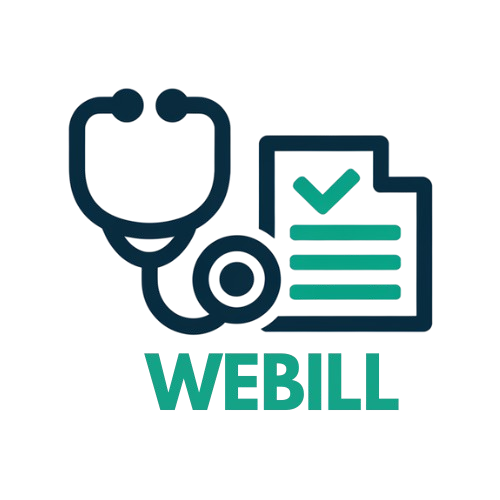Actionable strategies to boost revenue and streamline compliance
Master ADLs Documentation & Coding
Why it matters: Medicaid reimbursements for senior care often hinge on accurately documenting Activities of Daily Living (ADLs). Missing or vague documentation leads to underpayments or denials.
Action Steps:
- Use GG codes (e.g., GG0130 for eating, GG0170 for mobility) to quantify ADL performance.
- Train caregivers to document specifics: Example: “Patient requires moderate assistance (50% support) for toileting due to arthritis (M19.90).”
- Link ADL documentation to ICD-10 codes justifying medical necessity (e.g., dementia F03.90, Parkinson’s G20).
Result: Reduce denials for “lack of medical necessity” and secure accurate reimbursement tiers.
Optimize Chronic Care Management (CCM) Billing
Why it matters: Medicaid reimburses for CCM (CPT 99490), but claims are often denied due to incomplete time logs or missing consent forms.
Action Steps:
- Track 20+ minutes/month of non-face-to-face care coordination (e.g., medication management, caregiver communication).
- Obtain written patient consent annually and document it in EHR.
- Use templates for care plans to include:
o Patient goals (e.g., “Reduce fall risk”).
o Interdisciplinary team roles.
Result: Unlock $62+ per patient/month in reimbursements for CCM.
Avoid Telehealth Coding Pitfalls
Why it matters: Medicaid telehealth rules vary by state, and mismatched codes trigger denials.
Action Steps:
- Use CPT 99453 (setup) + 99454 (monthly data transmission) for remote monitoring.
- For virtual check-ins, bill HCPCS G2012 with documentation of verbal consent.
- Include place-of-service code 02 and modifier -95 for telehealth.
Example: - Denial Risk: Billing G2012 without documenting “5-10 minutes of medical discussion.”
- Fix: Add a telehealth note template to EHR.
Result: Ensure 100%
Fix Prior Authorization Gaps
Why it matters: Medicaid often requires prior authorizations for home health services (e.g., PT, wound care). Missed deadlines = automatic denials.
Action Steps:
- Create a prior authorization calendar for recurring services (e.g., weekly wound care).
- Train staff to verify auth requirements using Medicaid’s online portal.
- Use AI tools to flag services needing auths (e.g., CPT 97535 for therapeutic activities).
Pro Tip: For retroactive auths, submit a Medicaid reconsideration form with clinical notes proving urgency (e.g., pressure ulcer L89.90). - Result: Slash denials for “no prior authorization” by 70%.
Audit-Proof OASIS Documentation
Why it matters: Medicaid uses OASIS data to determine reimbursement levels. Inconsistent documentation risks underpayments and audits.
Action Steps:
- Standardize OASIS assessments for:
o Cognitive status (BIMS score).
o Pain management (e.g., “Patient reports pain level 6/10 during transfers”). - Conduct monthly OASIS audits to catch errors like:
o Missing signatures.
o Inconsistent responses between M1033 and M1800.
Example of Compliance: - Mismatch Risk: OASIS states “patient bedbound” (M1850) but caregiver notes say “uses wheelchair.”
- Fix: Update OASIS and add a progress note explaining the change.
Result: Maximize reimbursement tiers (e.g., HIPPS codes) and pass CMS audits with zero penalties.
Bonus: Denial Prevention Checklist
✅ Monthly Medicaid Eligibility Checks (avoid retroactive terminations).
✅ Modifier Mastery (e.g., -GA for ABNs, -GZ for non-covered services).
✅ Staff Training on annual Medicaid updates (e.g., 2024 PDGM changes).
“Want a personalized denial audit? Book a slot with our senior care RCM experts → [Click Here]”
